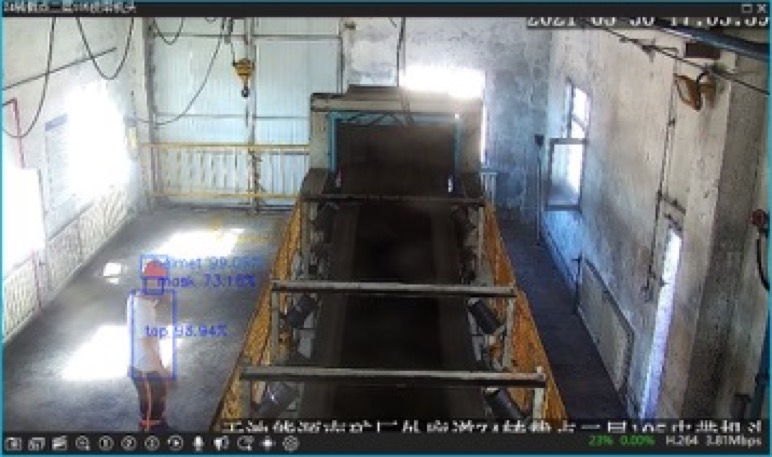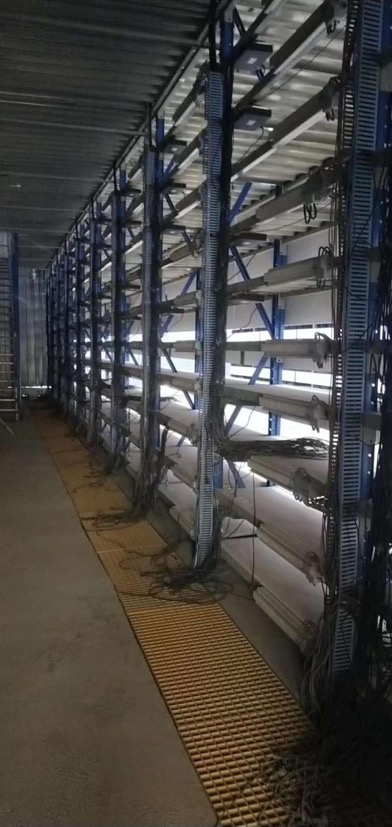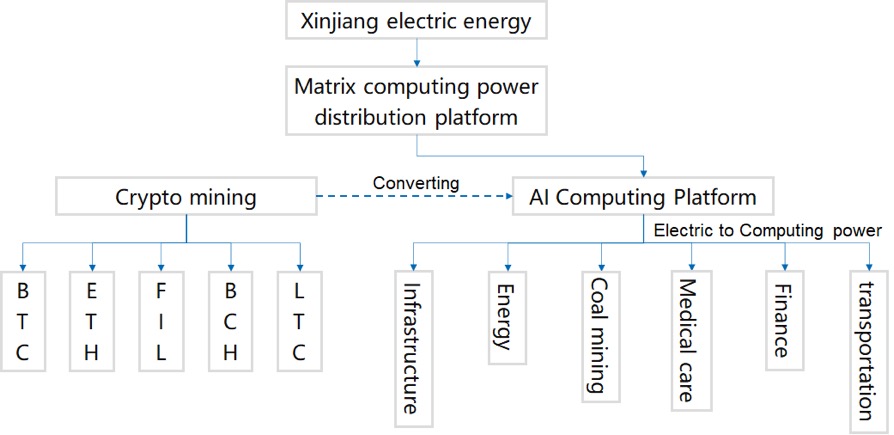Matrix and The Belt and Road (Part 4)
Smart Industrial Park
Xinjiang suffers from a workforce shortage due to its lack of skilled workers, a high cost of labor and risky working conditions (which mining and excavation work entails). Therefore, for Xinjiang to become the hub of the Belt and Road, this shortage has to be addressed through either policy-making or technological innovation.
Matrix’s AI technology offers a solution by replacing human workers with AI. This will guarantee the smooth operation of manufacturing, infrastructure building, energy generation and many other industries while significantly cutting down costs.
The cooperative project between Matrix and TBEA—the Unmanned Mine—is a good example of this. The combination of 5G, IoT, AI and robots allows us to run a completely unmanned coal mine. If successful, this pilot project will be promoted across the industry. Currently, Matrix’s part revolves around constructing the blockchain network for AI and data collecting.
The project started in mid-2020. It includes 1. a 5G+AI coal mine conveyor belt anomaly detection system; 2. a 5G+AI flame detection and warning system for mines; 3. a 5G+AI worksite supervision system; and 4. a 5G+AI machinery maintenance system. All four systems and ten core functional modules are 60% away from completion and to be delivered by early 2022.

Picture: The Dangerous Area Worker Detection and Warning Module Designed by Matrix for TBEA’s Unmanned Mine
Computing Power Grids
The transition to digitalized and smart manufacturing is a central goal of the Belt and Road. To achieve this, we need massive amounts of computing power and storage space. Cheap energy resources give Xinjiang an incomparable advantage in building computing power grids.
At the same time, under the pressure of the carbon neutrality trend, China is cracking down on Bitcoin mining. Home to the largest number of Bitcoin mining farms in China, Xinjiang is in a great position to take advantage of this crackdown to develop computing power grids.

Picture: Closed Mining Farm at Shihezi, Xinjiang Waiting to Be Taken over by Matrix
In its cooperative projects with large electric power companies (such as China Huadian, China Guodian, TBEA, etc.) in Xinjiang, Matrix will be providing AI solutions including smart power generation, predictive maintenance, etc. These companies will build their own computing centers and connect to Matrix’s distributed computing power platform. Matrix will also repurpose traditional crypto mining farms and join them into its platform to serve as computing power grids for the Belt and Road.

Picture: The Structure of Matrix’s Xinjiang Computing Power Grid